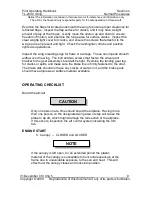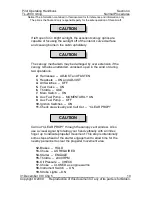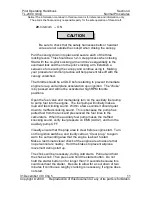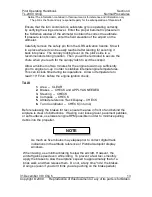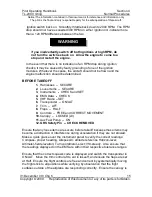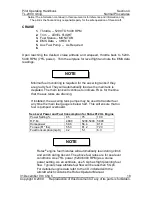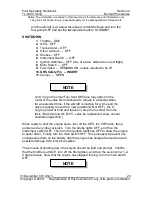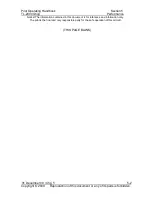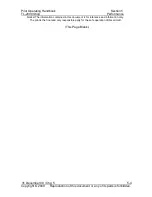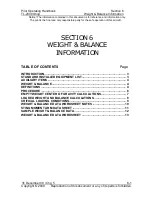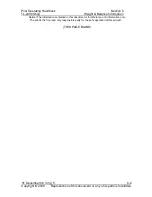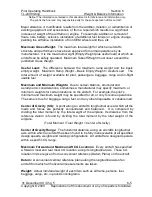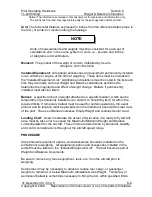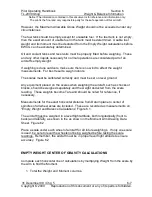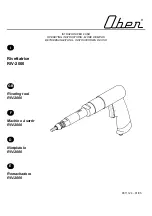
Pilot Operating Handbook
Section 4
TL-2000
Sting
Normal Procedures
Notice! The information contained in this document is for reference and information only.
The pilot is the final and only responsible party for the safe operation of this aircraft.
31 December 09 / Chg 5_____________________________________________20
Copyright © 2009 Reproduction of this document or any of its parts is forbidden.
On base leg:
4.
Airspeed -- 65 KIAS
5.
Trim -- ADJUST TO AFT
Turn onto the base leg with 65 Kts at idle power, trim the airplane to maintain a
steady descent at 65 KIAS. Half way through the base turn, the aircraft should
be half way between the pattern altitude and the field elevation and airspeed
should decrease to 60 KIAS still at idle power if you are on the proper glide
slope..
On final approach:
6.
Airspeed -- 60 KIAS
7.
Flaps -- FULL
8.
Trim -- AFT AS REQUIRED
9.
Throttle – IDLE (or as required)
10.
Airspeed -- 55 KIAS (on short final)
11.
Touchdown --
MAIN WHEELS FIRST
, NOSE HIGH
12.
Braking -- MINIMUM
All speeds noted above assume correct air speed
indication and do not allow for cross-wind or gust
correction.
Once established on final approach, maintain 60 KIAS and set full
flaps when the landing is assured with no increase in power. Adjust
the trim as required, but usually it will be in the full aft position.
When on short final, maintain 55 KIAS.
Decrease the decent rate as you enter the ground effect. Continue
to raise the nose through ground effect as the airspeed decreases.
Do not over rotate but touchdown at the lowest possible airspeed.
Touchdown on the main wheels first.
Continue to fly the elevator to keep the nose wheel off the runway
as long as possible but do not let it fall to the runway when loss of
elevator control occurs at low speed.
NOTE




